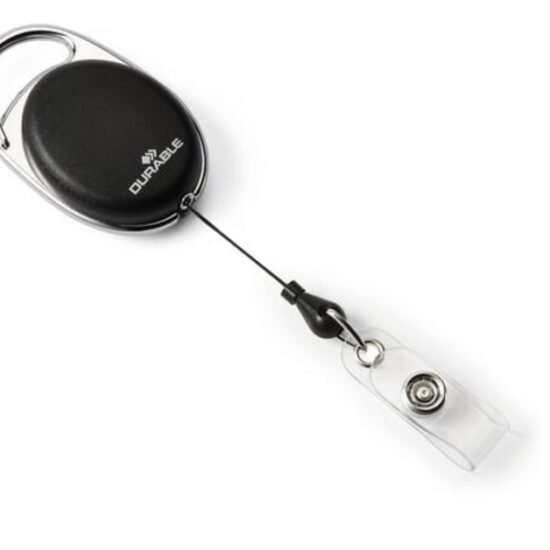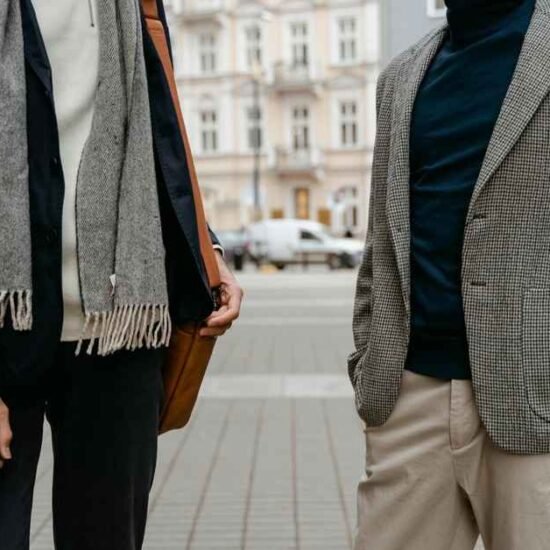Introduction
The renewal and intelligent utilization of conventional crafting materials is more topical than ever in a world where sustainable development and efficient production are emerging as key concerns.
A material that is receiving a new interest is the Zuschneidfelle, a name that might seem like an esoteric term but is used extensively in practice and commercially in areas such as textiles, upholstery, leatherwork, fashion and garment sampling. It in English typically means cutting hides or cutting pelts, normally in practice patterns, quality sampling or linings or low-waste production.
This guide discusses what Zuschneidfelle are, where they will be applied in 2025, their main advantages in production and sustainability and why more makers and manufacturers, whether they work in small ateliers or industrial workshops, are becoming interested in this ancient and contemporary resource.
As a leatherworker, designer, fashion educator, or sustainable brand manager, knowing how to select and utilize Zuschneidfelle in the modern creative environment will save you money, lessen waste and optimize outcomes.
What is Zuschneidfelle? Definition and Background
Zuschneidfelle transliterates in German as “cutting-pelts,” or trogloirs unfinished pieces of leather (typically of lower grade or off-cuts) used to design mockups or to test a pattern or to make a prototype cheaply. They particularly have a following in leatherworking, shoemaking, sewing education and upcycling.
Key Characteristics:
- They are often made of real leather hides, with light spots or irregularity of grain.
- Usually sold in quantities or by weight, rather than by the square foot.
- Popular in split leather, suede or pigmented.
Previously applied in training workshops in Europe, it is currently finding its way into circular manufacturing and cutting the cost of materials in the early-stage production cycle.
Common Uses of Zuschneidfelle Across Industries
Zuschneidfelle are considered to be cost-efficient and simple to cut because they can be used in:
- Tests in fashion schools or tannery workshops Pattern cutting & fitting.
- Beginners learning leathercraft or saddle making practice materials.
- Development of samples without waste of good full-grain leather.
- Furniture and accessories inner linings or reinforcement pieces.
- Green companies that make products with extra material.
| Industry | Use Case |
| Fashion Education | Prototyping and silhouette shaping |
| Footwear Production | Lining samples and scaled-down models |
| Upholstery | Non-visible internal panels or framing |
| Arts & Crafts | Budget-friendly practice material |
In 2025, it will also be widely used in textile labs and end-of-life product testing due to the increased emphasis on no-waste design thinking.
Types of Zuschneidfelle: Characteristics & Grading
Zuschneidfelle are not all equal. Knowledge of their types assists crafters or purchasers to achieve results without undervaluing quality.
Categories by Surface:
- Pigmented Leather: Uniform color, perfect to use at school and for beginners.
- Split Suede: Extremely flexible and inexpensive however, less durable.
- Embossed Off-Cuts: To provide the appearance of a simulated texture, such as croc or ostrich.
Grading Criteria:
- Size Consistency (small > medium large)
- Tensile Strength—Does it fit bag straps or bag linings only?
- Uniformity of texture—Off-cuts can contain scars, brands, or holes.
- Softness & Flexibility—According to the tanning method.
Chart: Recommended Uses and Zuschneidfelle Grades
| Grade | Texture | Best Use |
| A | Smooth | Sample-making for luxury items |
| B | Slight flaws | School assignments, testing |
| C (Industrial Grade) | Uneven or torn | Fillers, linings |
Zuschneidfelle vs. Full-Grade Leather: A Side-by-Side Comparison
This direct contrast illustrates the usefulness that 2025 Yelp-style consumers are finding.
| Feature | Zuschneidfelle | Full-Grade Leather |
| Price per Kg | €8–€25 | €50–€120 |
| Surface Uniformity | Low to Medium | High |
| Sustainability | Often repurposed material | Higher footprint |
| Suitability for Final Goods | Limited | High |
| Availability | Varies (surplus/off-cuts) | Highly standardized |
In order to save money and resources, many independent producers employ Zuschneidfelle for early-stage testing before switching to full hides after patterns are perfected.
How to Source High-Quality Zuschneidfelle in 2025
In 2025, however, where will you find reliable Zuschneidfelle? The market has increased significantly both online and locally.
Top Sources:
- Germany, Italy, Austria: Classical leather areas having education-based excess.
- International Leather Fairs: The tannery is out of stock and samples are sold in bundles.
- Online Specialty Shops (e.g., Lederhaus, ArtisanSupplyEU)
- Textile recycling projects: Tend to auction off remnants or off-cuts of the workshop.
Purchasing Tips:
- Purchase in large quantities in case of large scale usage.
- Inquire about recent photos at all times.
- Inquire on whether sorted or mixed grades.
- Inquire about chromium or vegetable tanning procedures, as needed.
Sustainability and Circular Production with Zuschneidfelle
Having fashion, furniture and accessories be under intense scrutiny regarding waste and material sourcing, Zuschneidfelle is an ideal circular solution.
Environmental Benefits:
- Divers conceal themselves in landfills.
- Lowers the demand for virgin leather.
- Favors small-scale, low-intensity production.
- enables zero-waste prototyping and production.
Stat: Compared to prototype mockups with complete hides, the European Sustainable Leather Collective (2025) discovered that offcuts can reduce waste by up to 36% as a percentage of unit products.
Crafting Best Practices with Zuschneidfelle as Base Material
In order to apply Zuschneidfelle properly, it is good to understand their boundaries and work the project around their special characteristics.
Essential Tips for Makers:
- To treat fine edges, apply edge paint or fabric binding tape.
- Cover liner boards or interfacing with thinner pieces.
- For suede textiles to stay in shape, they need firm support.
- Combine asymmetrical apertures or forms.
Ideal for:
- Tool practice
- Dye testing
- Trial in stitching and skiving technique
- Student projects that are cost-effective
Hint: To simulate full-grain behavior, stabilize the reinforcing layers while creating belts or bags.
Benefits for Small Businesses, Artisans & Leather Schools
It is not only supportive of practice but also entrepreneurship.
Benefits:
- lowers the barrier to entry for hobbyists or microbrands
- Good for repetitive testing in educational settings
- supports the creation of proof-of-concept designs
- promotes narrative and sustainable branding
Case Study:
A bag-making brand based in Berlin made use of Zuschneidfelle to introduce its series called Conscious Prototypes selling limited samples at a lower eco-rate and fully transparent.
Pricing, Sourcing and What Affects Value
The prices will be EUR 8 to EUR 25 per kg based on grade, tanning procedure and uniformity.
The independent variables that affect Zuschneidfelle pricing include:
- Tanning style: Vegetable tan is more expensive than chrome tan.
- Size & thickness uniformity
- The level of demand in the semesters.
- Tannery closeness (direct sourcing is cost-efficient)
| Factor | Cost Impact | Description |
| Tanning Type | +15–30% | Veg tan is eco but costlier |
| Uniformity | +20% | Sorted piece sets higher |
| Brand Origin | +10% | Known tanneries = higher demand |
| Retail Packaging | +5–10% | If pre-sorted or cut to sheets |
Future Trends: The Evolving Role of Zuschneidfelle
With more imaginative minds in 2025 considering a thoughtful and sustainable design, It is being resurrected in a second form in a way that we could not envision when we were still in the 10s.
What’s Emerging:
- Blending into interior design prototypes (wall panels, acoustic tiles)
- Application in smart textiles as insulation
- Digital simulation (digital scanned texture libraries) inclusion
- Efficiently used offcuts, laser-cutting
The future of Zuschneidfelle is in the increased sorting, AI-enhanced pattern nesting, and combination of digital and tactile applications fusing the skill of the artisan with high-end design technology.
FAQs
What is meant by Zuschneidfelle?
It describes cutting hides or leather off-cuts that are used for training, prototyping or patterns.
Is it possible to include Zuschneidfelle in finished goods?
Yes, particularly for structural elements, linings or embellishments where obvious perfection is not required.
Is Zuschneidfelle environmentally friendly?
Usually, yes sustainable craftsmen prefer them because they repurpose materials that would otherwise be thrown away.
Ist Zuschneidfelle online?
Yes, from specialized leather suppliers or European tanneries that sell kilo packs and craftsman bundles.
Can students use Zuschneidfelle for their work?
Of course. Because of its price and forgiving surface, it’s perfect for novices.
Conclusion
In an increasingly sustainable production and consumption culture, Zuschneidfelle are not merely a by-product, but they represent an important asset to considerate makers. Their utilization enhances sustainability, cost reduction of production and innovation with no wastage.
No matter your level of practice, be it in your early days of mastering the craft or as a master of your artisan atelier, a way of working that incorporates Zuschneidfelle is a sign of a current, conscientious and gifted practice of making.
Visit the rest of the site for more interesting and useful articles.




